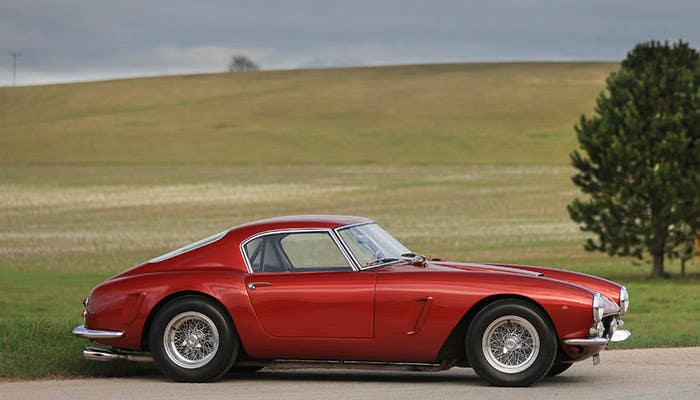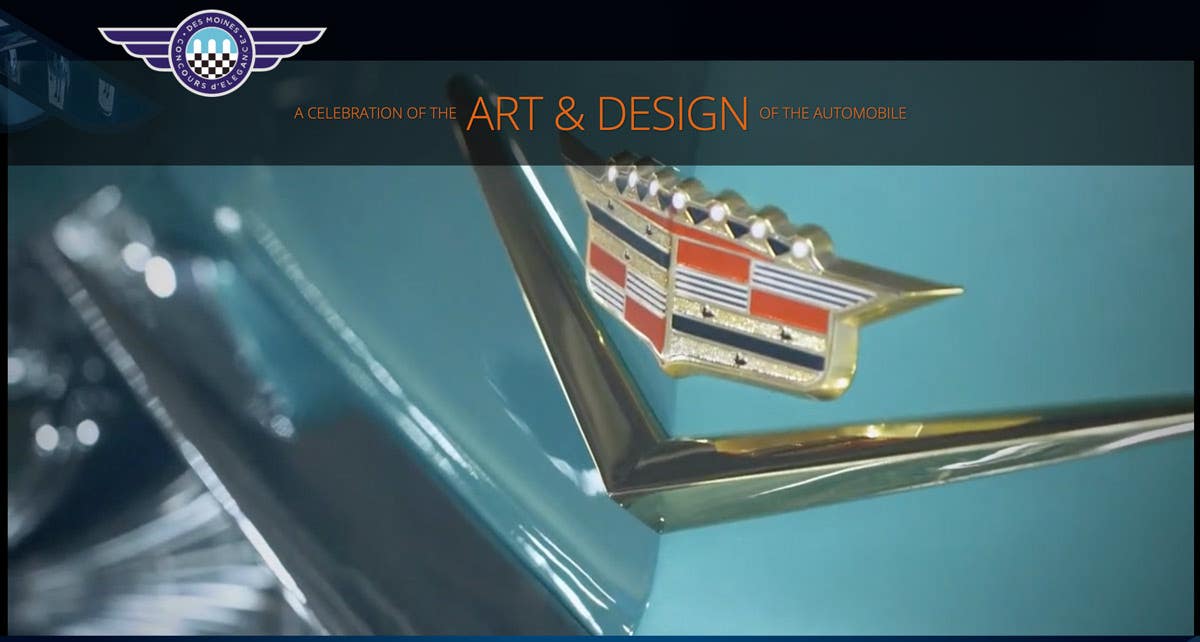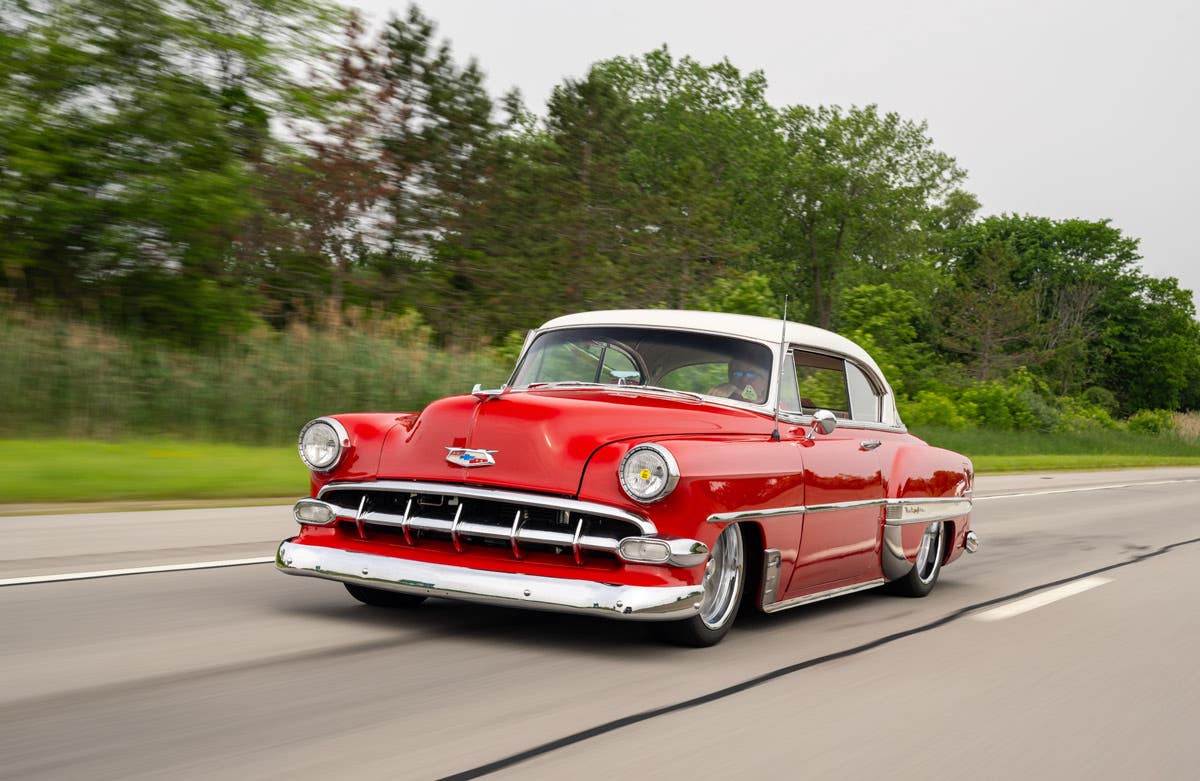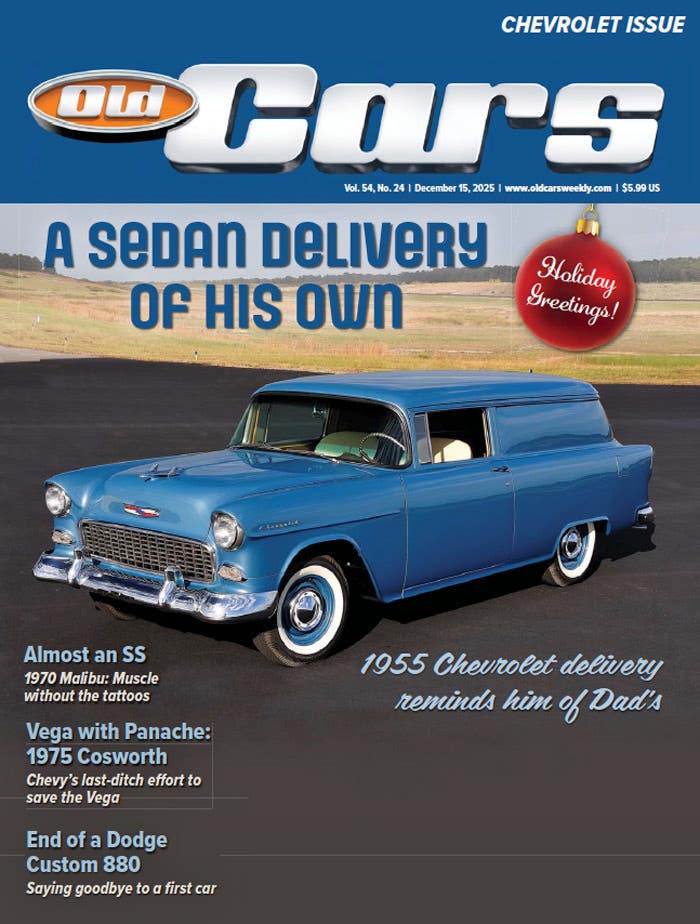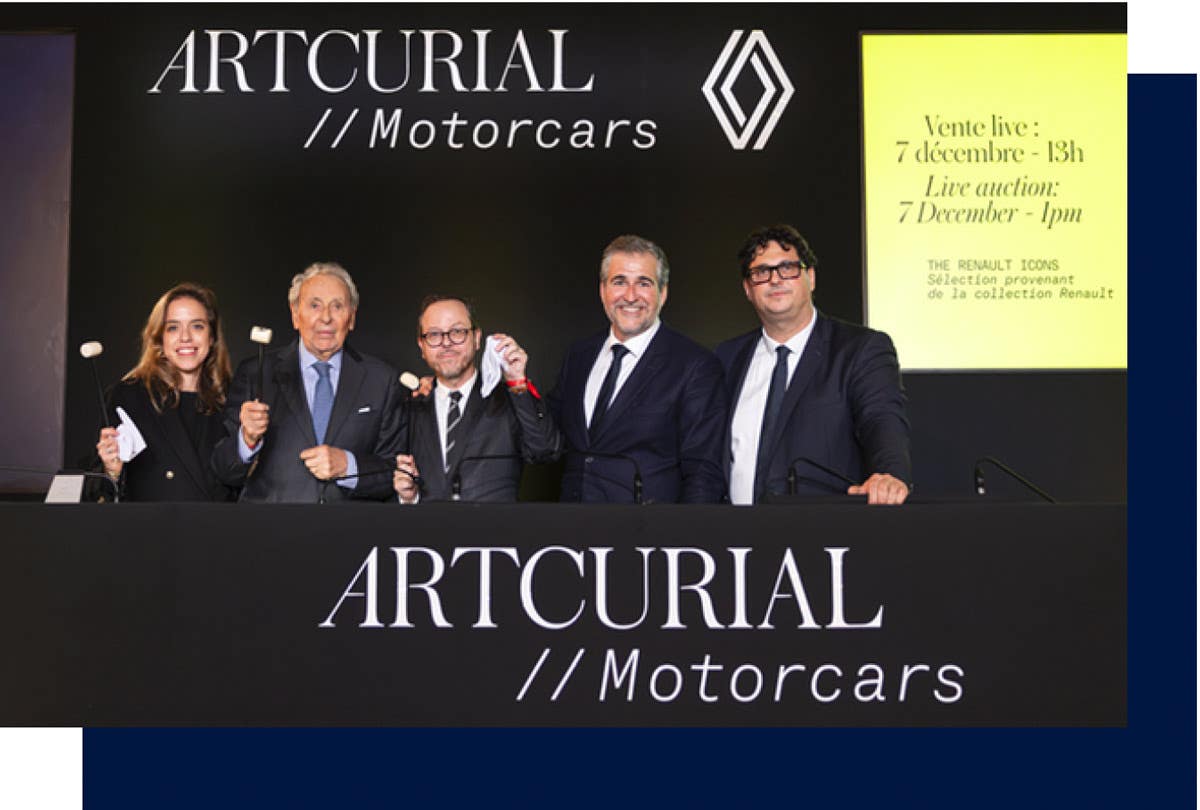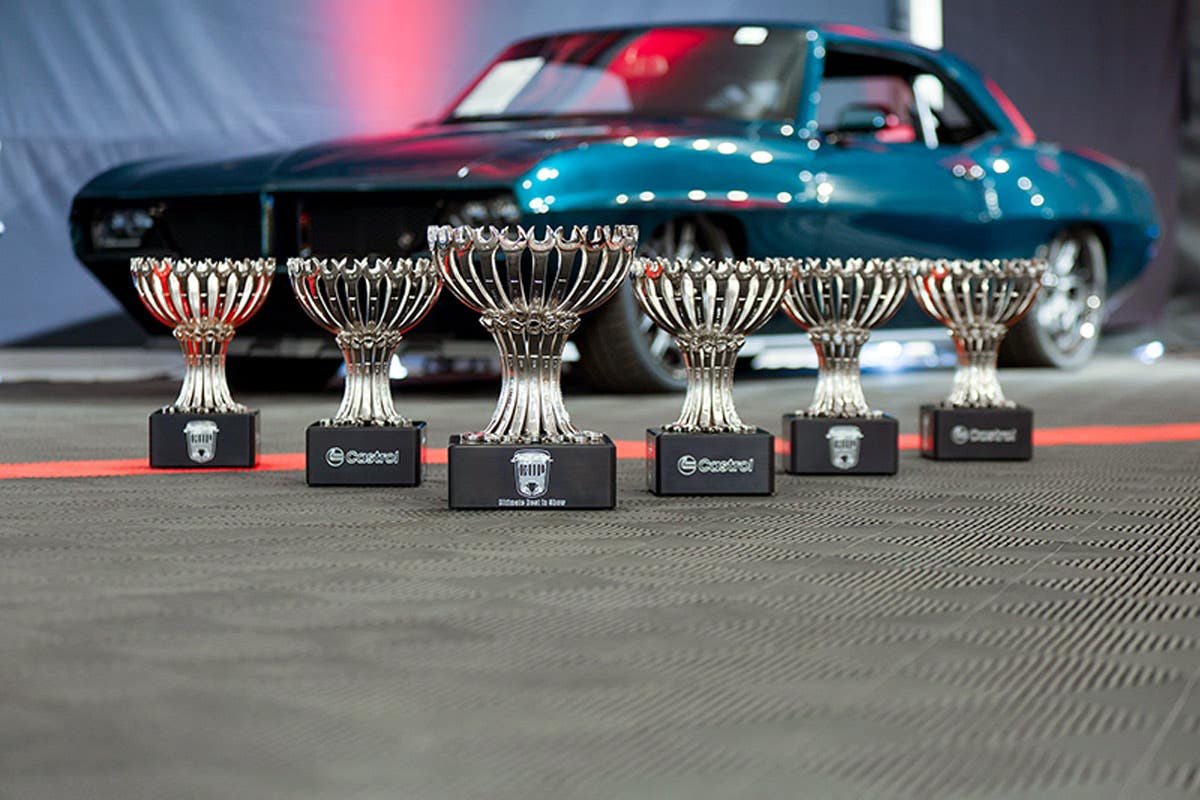Club Clips: April 18, 2019 Edition
Replica cars still waiting for new lease on life Bureaucratic red tape has held up the sale of new replica cars. That issue was tackled in a recent edition of…
Replica cars still waiting for new lease on life
Bureaucratic red tape has held up the sale of new replica cars. That issue was tackled in a recent edition of Driving Force, voice of the SEMA Action Network, 1575 S. Valley Vista Dr., Diamond Bar, CA 91765 (Colby Martin, editor).
The highly anticipated consumer sale of turnkey replica cars was supposed to have started more than two years ago, but are on hold as the National Highway Traffic Safety Administration procrastinates over a regulation to implement the 2015 replica car law, said the cover-story report.That law was to allow low-volume production offerings to market as many as 325 replicas in the United States and 5,000 around the world. In effect, a replica of a popular car seen in movies or elsewhere could be made in limited numbers.
There are stipulations. Those vehicles are to be based on cars at least 25 years old. That means cars from the 1980s such as DeLorean, earlier cars such as Cobras, and even 1930s favorites – along with hot rods – could be positioning for remakes. But the final wording on the regulation is still up in the air.
Indeed, the kit-car movement was a step toward replicas. Some included final assembly by buyers who dropped in the motors and completed the job to their liking. If current thoughts prevail, it could happen that regulations for a 1933 replica could have 2019 standards, “a virtual impossibility to achieve, especially for smaller manufacturers,” reported Driving Force.
Evidently, the pending law takes the differences into account when it comes to mass-produced cars and custom-built versions. If enacted as intended, small companies would be allowed to make their replicas according to equipment standards for tires, lighting, glass, emissions and so forth without holding to strict vehicle-based standards as applied to mass-produced vehicles of today.
Whatever engine system is installed may still need to meet Environmental Protection Agency standards for clean emissions, per the EPA or the California Air Resources Board. The new law, as it has been proposed, “complements the existing kit-car industry,” said the article. “Hobbyists will still have the freedom to assemble their own vehicle with the engine package of their choice. The law simply provides consumers the opportunity to buy completed replica cars.”
To keep up with developments on this subject, visit www.semaSAN.com/Replica.



